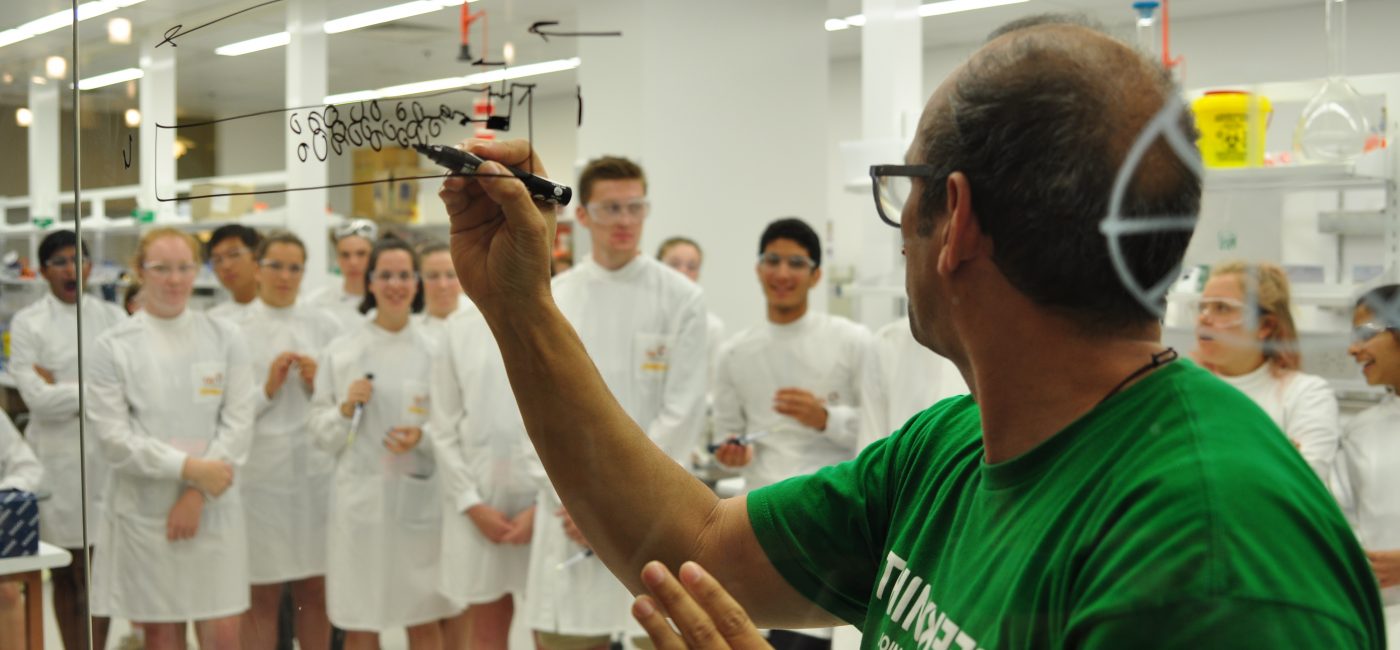
Within the TRI, UQ operates a dedicated student facility for practical science education programs named SPARQed, which stands for Students Performing Advanced Research Queensland - Education.
The NYSF 2018 Session B Hill and Cornforth groups visited the Translational Research Institute (TRI), a medical research institute on the Princess Alexandra Hospital Campus which is made up of four education and hospital partners - The University of Queensland’s Diamantina Institute (UQDI) and Faculty of Medicine (FoM), Queensland University of Technology’s Institute of Health and Biomedical Innovation (IHBI), Mater Medical Research Institute (MMRI) and the PA Hospital/Metro South Health.
Within the TRI, UQ operates a dedicated student facility for practical science education programs named SPARQed, which stands for Students Performing Advanced Research Queensland - Education. High school students from all over Queensland visit the lab space for full day or week long science immersion programs. Researchers from the institutes within the TRI teach classes, provide experiments to replicate real research projects and work alongside SPARQ-ed teacher Ezequiel Balmori Melian to develop the interactive program.
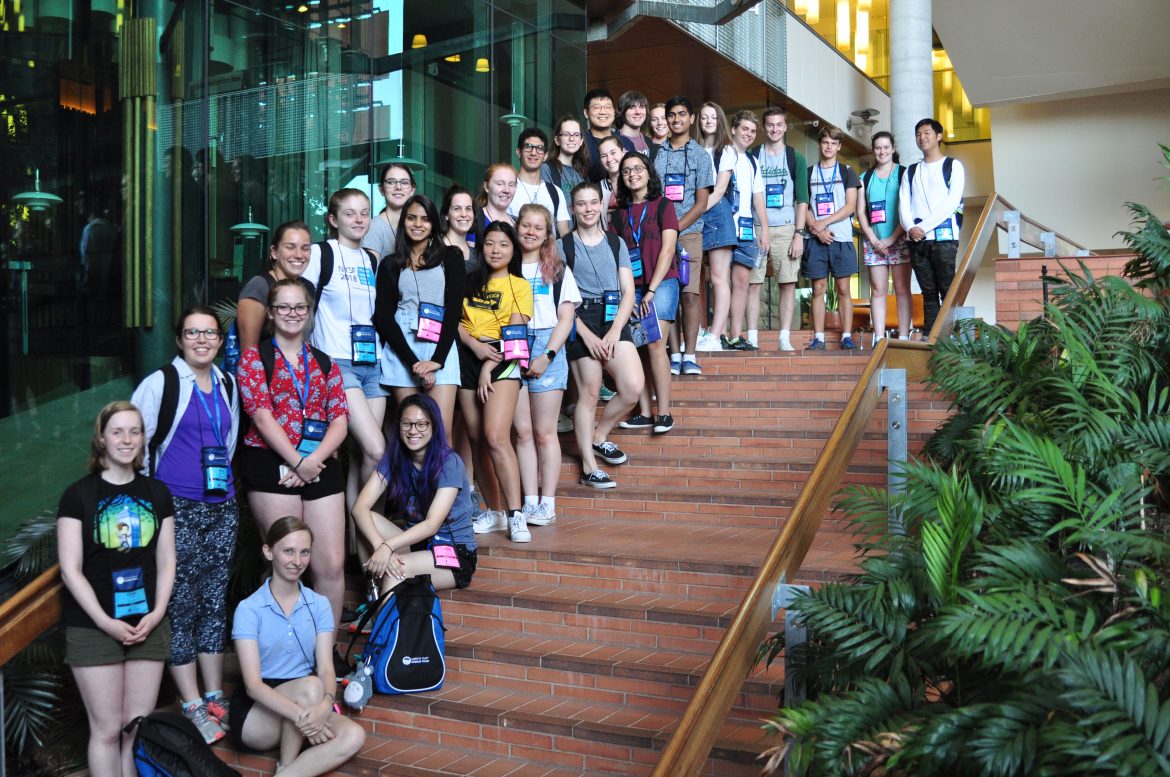
The SPARQed session started with a lesson in the teaching space next to the PC2 teaching lab. The students were introduced to an explanation of the structure of a cell, describing how they would break this apart in the lab. To do this, the students learned some basic lab techniques including the use of a pipette and centrifuge. Armed with this new found knowledge, the group headed next door to the lab for the first step of the experiment.
Later in the day Dr Aideen McInerney-Leo, a genomics researcher at UQDI based at the TRI, told the students the importance of learning a skill and to build on it to improve chances of continued employment. In many cases that skill could be the ability to use a pipette accurately and efficiently to conduct repetitive experiments. Especially in an early science career where PhD students and research assistants get the repetitive jobs that the more experienced scientists have tired of!
The first activity involved learning a skill - dropping coloured dots of liquid, the same size, on a laminated sheet of paper using a pipette. Repetition is key to accuracy and provides the practice needed to become excellent at this essential lab skill. These artistic looking liquids are just coloured water, but provide the building blocks to move on to working with bacterial DNA.
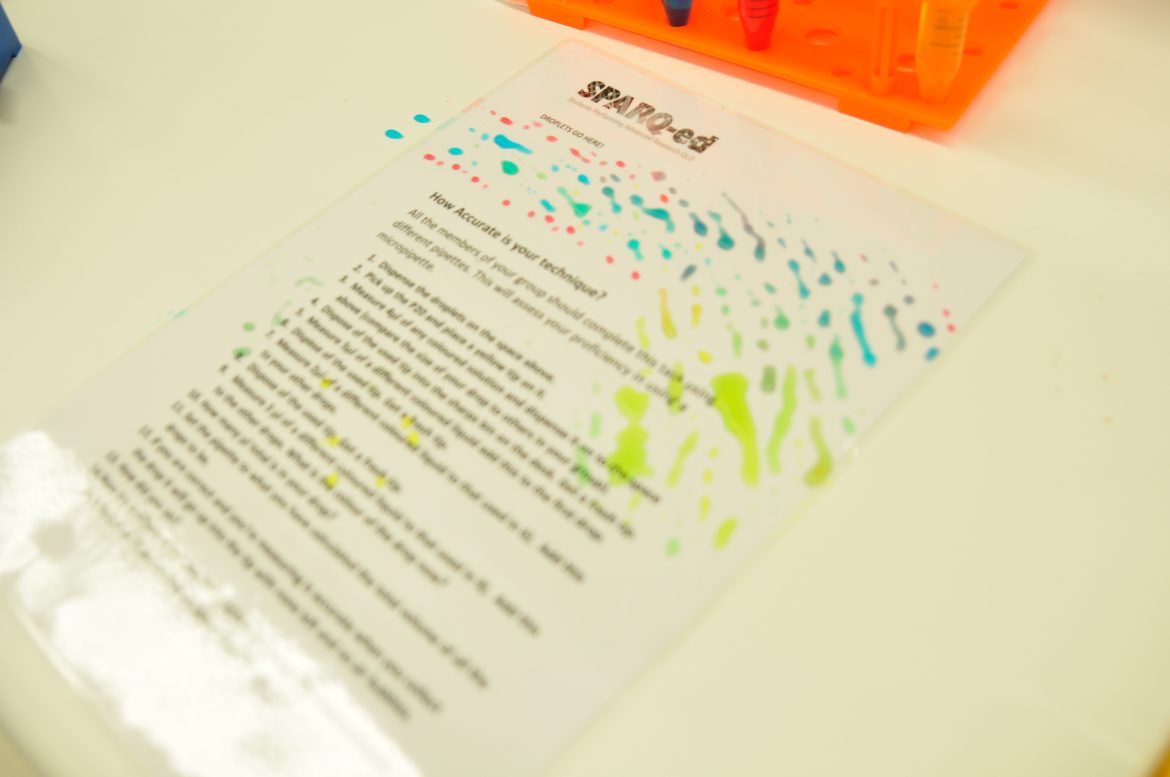
The worksheet to practice pipette accuracy, after being picked up and turned into a not-so -accurate but artistic result
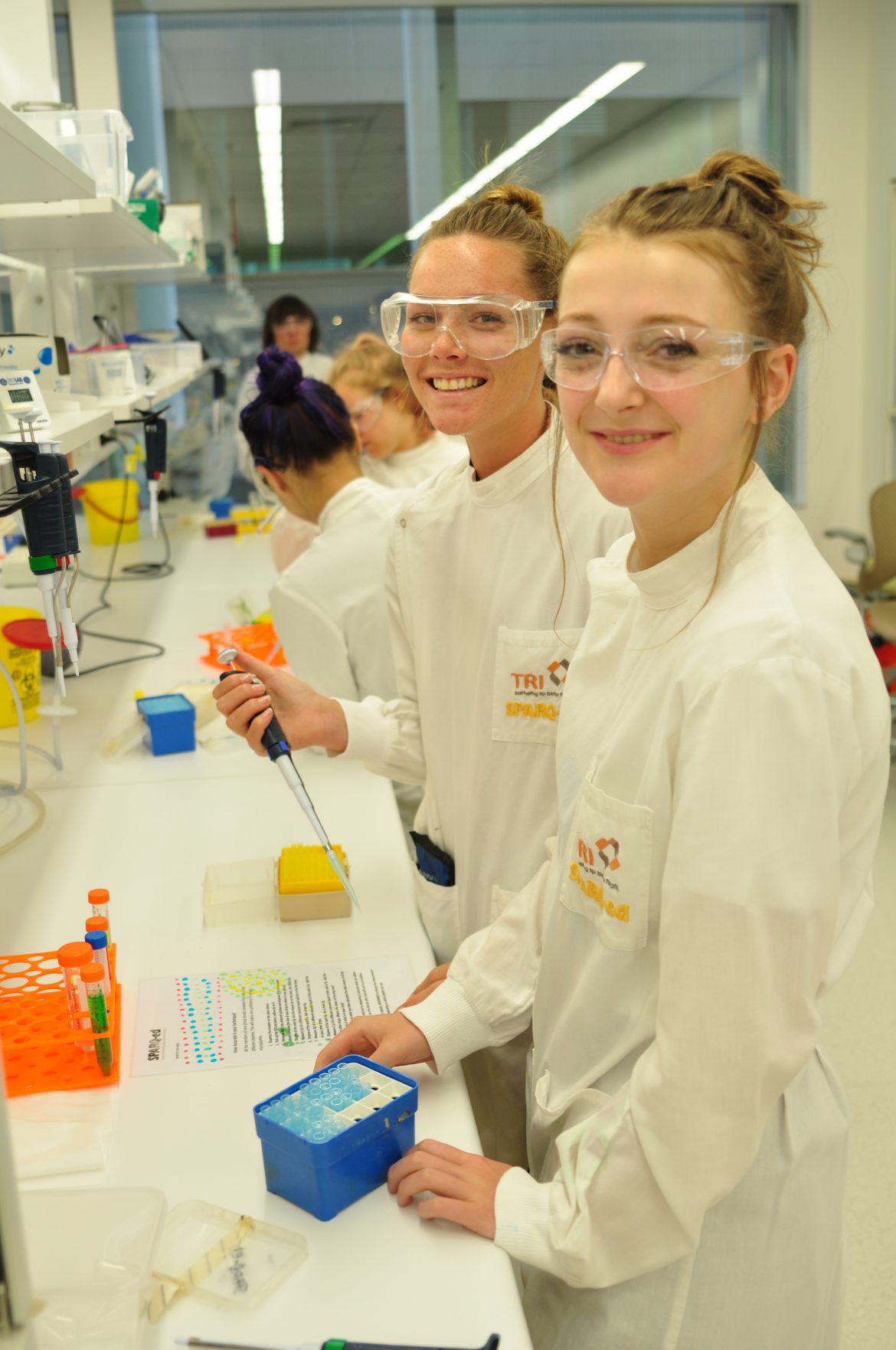
Juliet from Western Australia and Stephanie from Victoria practicing their pipette skills
Student participant Denny from South Australia had an impressive knowledge of the make up of cells and DNA.
“I love biology I guess. I’m just really an agricultural science and genetics person, so talking about plasmids is still in the genetics fields so I really like this experiment.”
To conduct the experiment, students learned the basic lab skills and the importance of accuracy in measurements, finding out as they went that a tiny mistake leads to an unreliable and costly exercise. Denny describes the experiment, which involved a series of stages to separate parts of a cell.
“We’re taking out plasmids. Plasmids are basically just DNA, but not in chromosomal form, it’s in a ring. It occurs only in bacteria. I learned more of less what the stuff in the cell was in school, but today I’m learning a bit more about plasmids.”
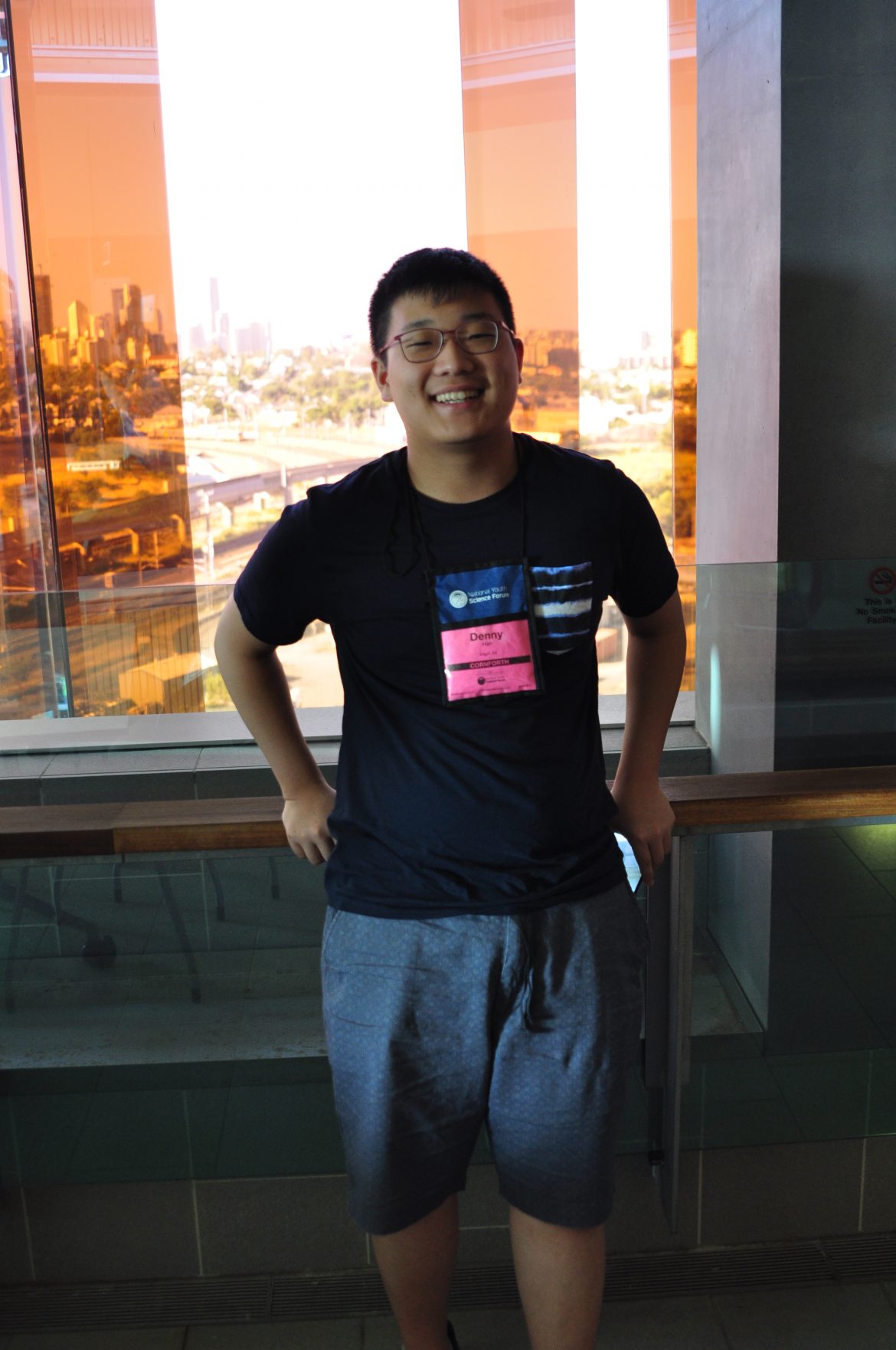
Denny from Western Australia
At each stage of the experiment, a new lab skill was taught by Ezequiel such as how to operate a centrifuge and techniques for sorting and displaying the data. Students went back and forth from the lab to the classroom space, washing their hands, removing their safety goggles and lab coats each time - just like the 800 scientists working in the TRI building.
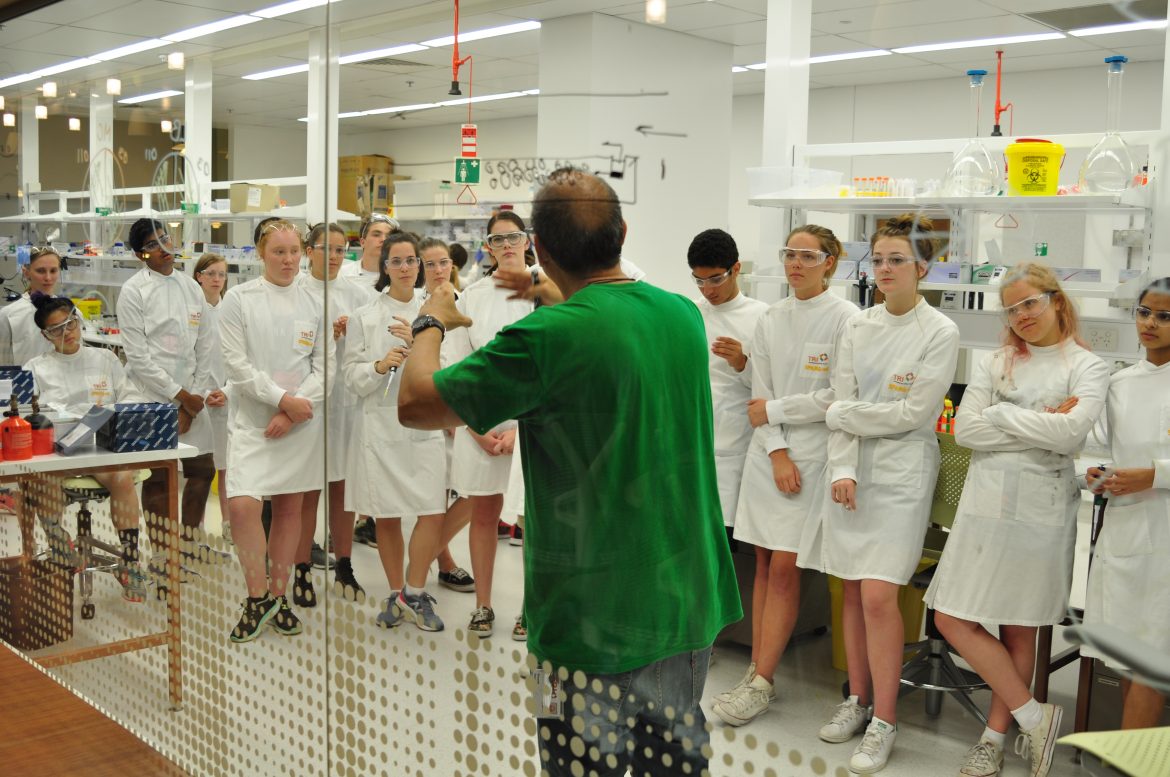
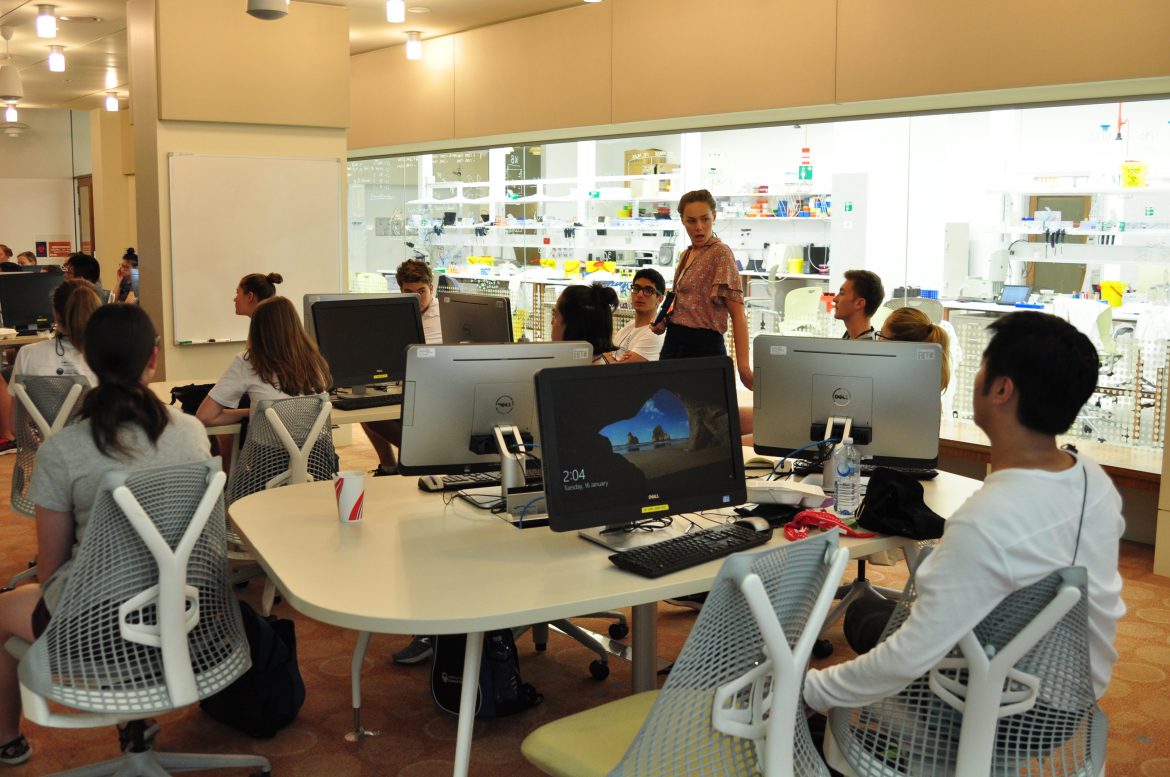
With the lab session completed, the students were then treated to presentations from breast cancer researcher Professor Rik Thompson (QUT IHBI) and genetics researcher Dr Aideen McInerney-Leo. Dr Sandrine Roy then talked about the microscopy core facility and the job opportunities for scientists who don’t want to run their own lab.
“I love research. I love helping people. I did a PhD and all that. But I knew I didn’t want to run my own lab or fund my own job. So I was just really lucky that a job came up to run a microscopy facility. I’ve had this same job for 10 years and people like me stay in our jobs because they’re so hard to come by. But if you learn skills, solid foundation skills that you get good at through repetition and hard work, you will be ready when those opportunities come up.” Dr Sandrine Roy, TRI Microscopy Facility Lead Researcher.
After an introduction to microscopy in the classroom, the students toured the core facilities which are used by the researchers in the TRI including Microscopy and Flow Cytometry. The students asked questions that impressed Sandrine and Dr David Sester who operates Flow Cytometry - perhaps even making them a little nervous? “Woah, slow down there, you’ll have my job in no time at that rate,” joked Dr Roy after a string of questions about fluorescence and equipment.
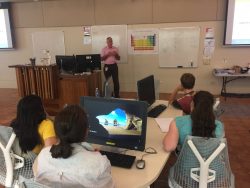
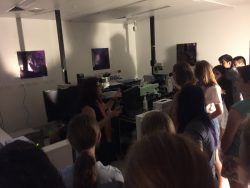
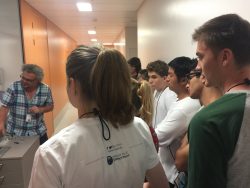
Students enjoyed seeing the variety of career opportunities available under a single roof and immersing themselves in an experiment in a professional standard PC2 lab, just like the rest of the labs in the building.
Juliet from Western Australia said she was impressed with the facility. “I haven’t been to anything like this yet in Western Australia, where it’s all in the same place. It’s so awesome that these places exist. I’d love to work somewhere like this.”
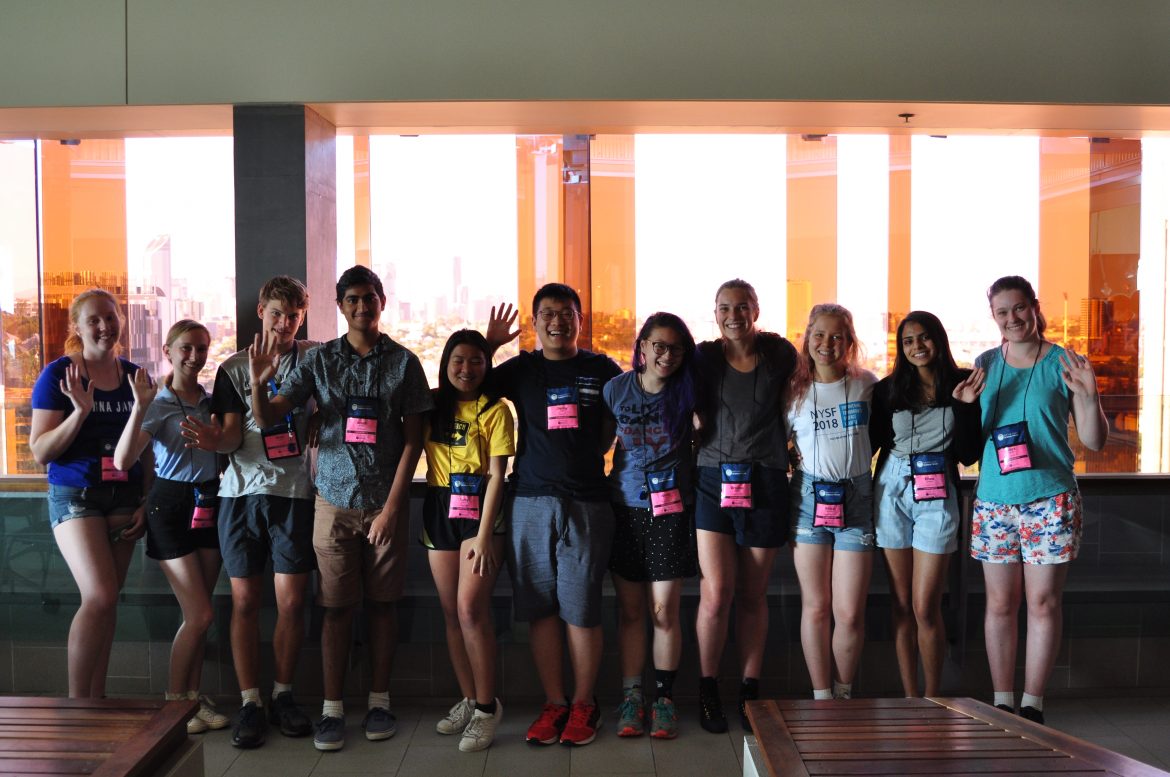
Level 7 of the TRI looks out on the Brisbane city skyline, The Gabba, the EcoSciences precinct and Queensland Science building to the north, the University of Queensland to the west and hospital precinct to the east.
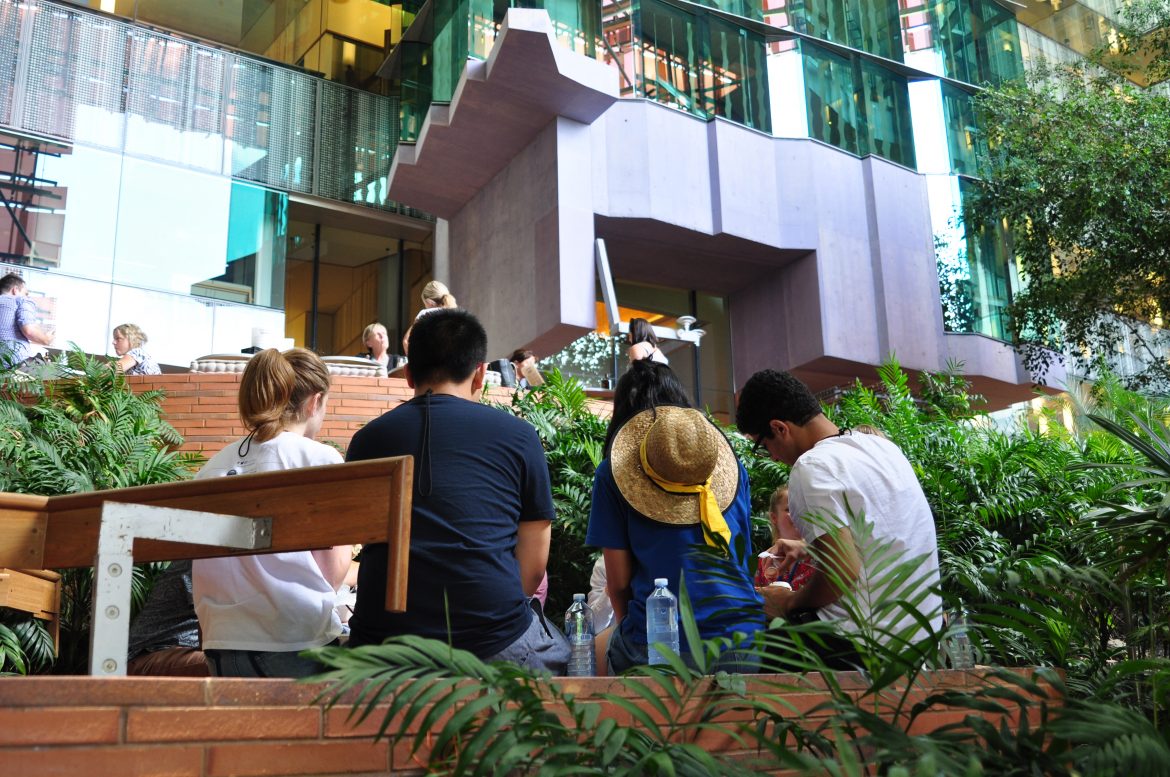
Lunch break in the talking circle, designed for collaborative conversation, with all parties in a circular seating pattern being equal as opposed to traditional rectangular meeting spaces and power structures.
More information about SPARQed: https://di.uq.edu.au/sparq-ed
More information about the Translational Research Institute: www.tri.edu.au
NYSF 2018 Session B is supported through funding from the Department of Industry, Innovation and Science as part of the National Innovation and Science Agenda (NISA) – Inspiring a nation of scientists.”